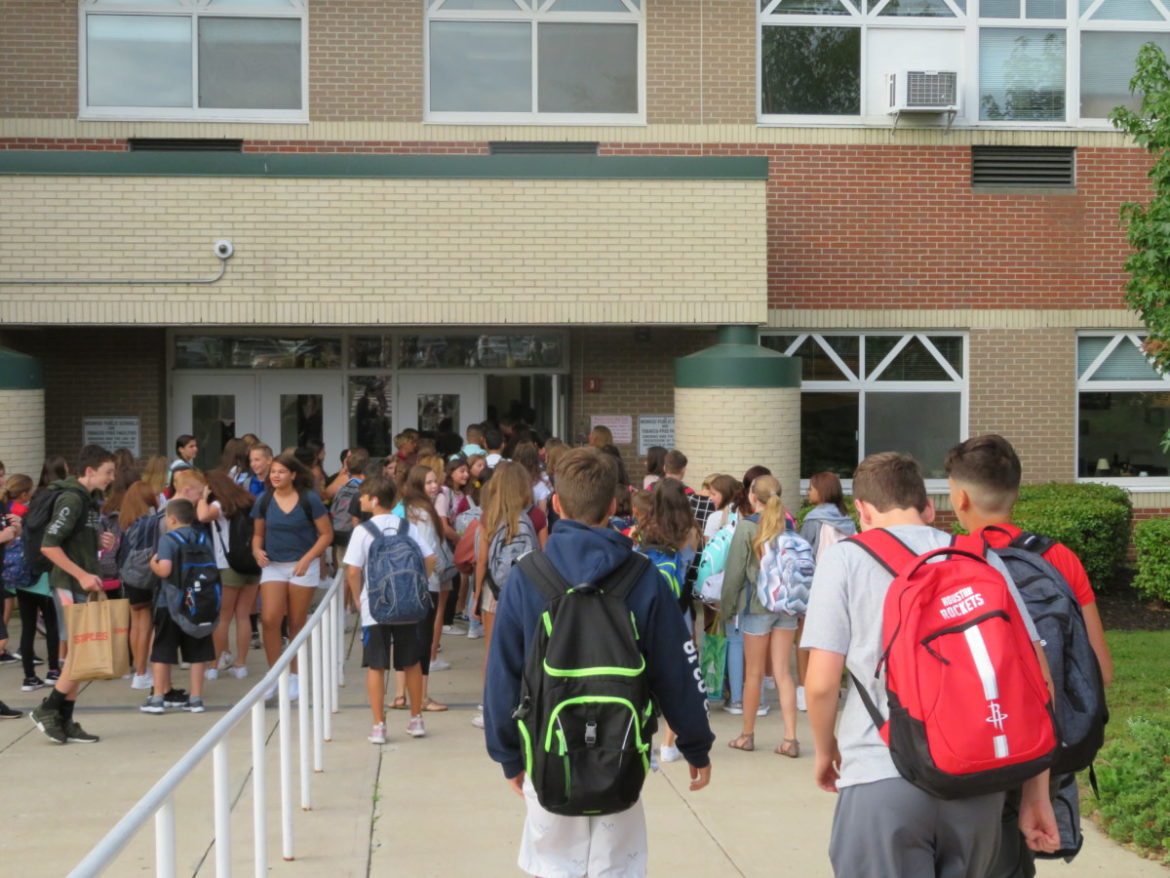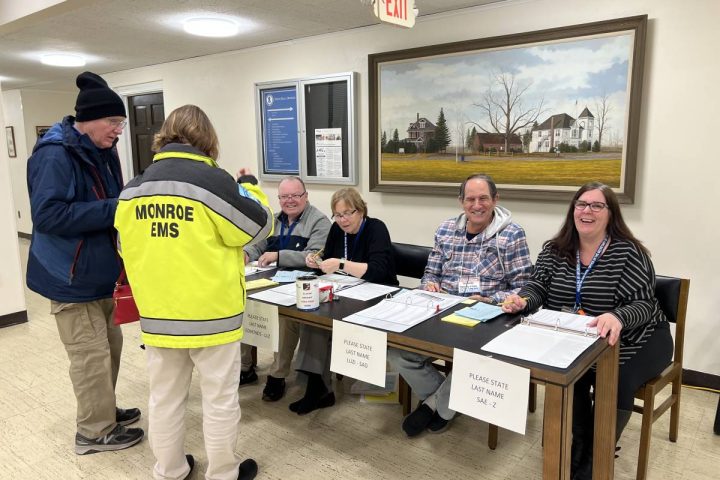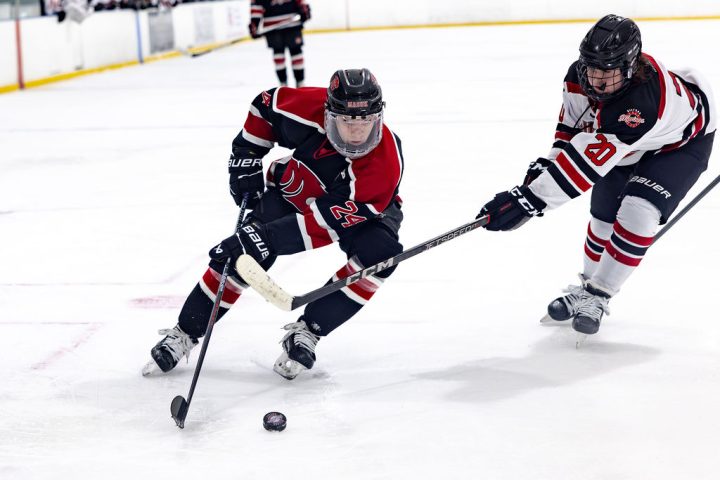This article is the first in a series of stories from the Monroe Board of Education’s budget workshops. Board members are reviewing Superintendent of Schools Joseph Kobza’s $62.1 million proposal for fiscal year 2021-22.
MONROE, CT — Principal Michael Crowley told the Board of Education increased staffing is needed to reduce large class sizes at Jockey Hollow Middle School, calling it the “biggest concern” during a recent budget workshop.
Of 35 classes, 23 classes have 24 students or more, according to Jerry Stevens, a board member and a former teacher at the school.
“To me, it makes you shake,” Stevens said at the Dec. 9 workshop. “I hope we all had a chance to sit and look at the enrollment numbers class by class, because when you get to Jockey Hollow it’s really scary.”
Crowley told the board a world language teacher and a seventh grade science teacher in Superintendent Joseph Kobza’s $62.1 million budget proposal for Monroe’s public schools would reduce the average class size to 20 to 21 students.
Nick Kapoor, a board member, asked about small cuts to supply lines throughout Jockey Hollow’s budget proposal. Crowley said instructional leaders asked administrators to cut wherever they could to free up money for personnel.
Kobza said the world language teacher would be shared with Jockey Hollow and Masuk High School, which has to meet new requirements for the subject.
The science teacher is a transfer from Masuk to Jockey Hollow, Kobza said, adding if Masuk continues not having science labs, for at least one more year, the high school’s science teachers for make up for the lost position by picking up another course.
More help for students
Though Crowley praised the work teachers are doing with remote learning during the COVID-19 pandemic, he said a number of students will need more personalized attention to promote social, emotional learning when they come back.
“We’re going to inherit kids who come to us with more varied skills and content knowledge and background,” he said. “I think for the next couple years we’ll see a need for differentiation that is even greater than we experienced pre-COVID.”
Chairwoman Donna Lane agreed that students who are not thriving with remote learning will need extra assistance when they’re back in a non-COVID environment. “That is a concern,” she said. “I’m sure it’s a concern of every board.”
David Ferris, a board member, said teachers will also have to get students caught up to curriculum that will appear on standardized tests.
Crowley said the concern is especially great for children moving from fifth to sixth grade.
“We all understand that they’re not going to be as far along as others when they transition to middle school,” Crowley said. “The sixth grade teams need to be robust to address those issues we know we’re going to see in all areas, but especially in reading and math.”
Changing times
Contractually, Monroe’s teachers can have up to 25 students per class. However, Ferris said that’s not ideal.
“Where’s the sweet spot?” Ferris asked Crowley, “because we get questions from the public, as to, ‘why don’t you just put 25 kids in every single class and go to your max and that’s it?’ I try to explain how that situation is not ideal for learning. In your professional opinion, what is the sweet spot?”
Crowley said he believes 20 students, at the top of the range, is where you want to be in a middle school, adding it gives a little wiggle room where some classes can operate better with 16 to 17 students.
He said some classes can work well with 23 students, depending on their level of maturity.
“People should know students are not all on the same level and the teacher is teaching kids on different levels,” said Dr. Alan Vaglivelo, a board member. “It used to be assembly line education: ‘Here’s the curriculum. Sink or swim.’ Now it’s the teacher’s job to work with each student where they’re at.”
“I was in a class of 40 from grades one to eight,” Lane said. “It was Catholic school. The teacher taught. Those 40 kids got it or they didn’t get it. There was no going back. There was no breaking out in small groups — and I think a lot of people are used to that type of education.”
But Lane said that’s not how teaching is now.








